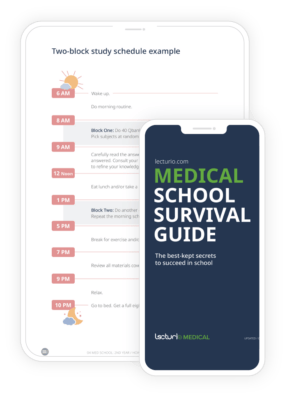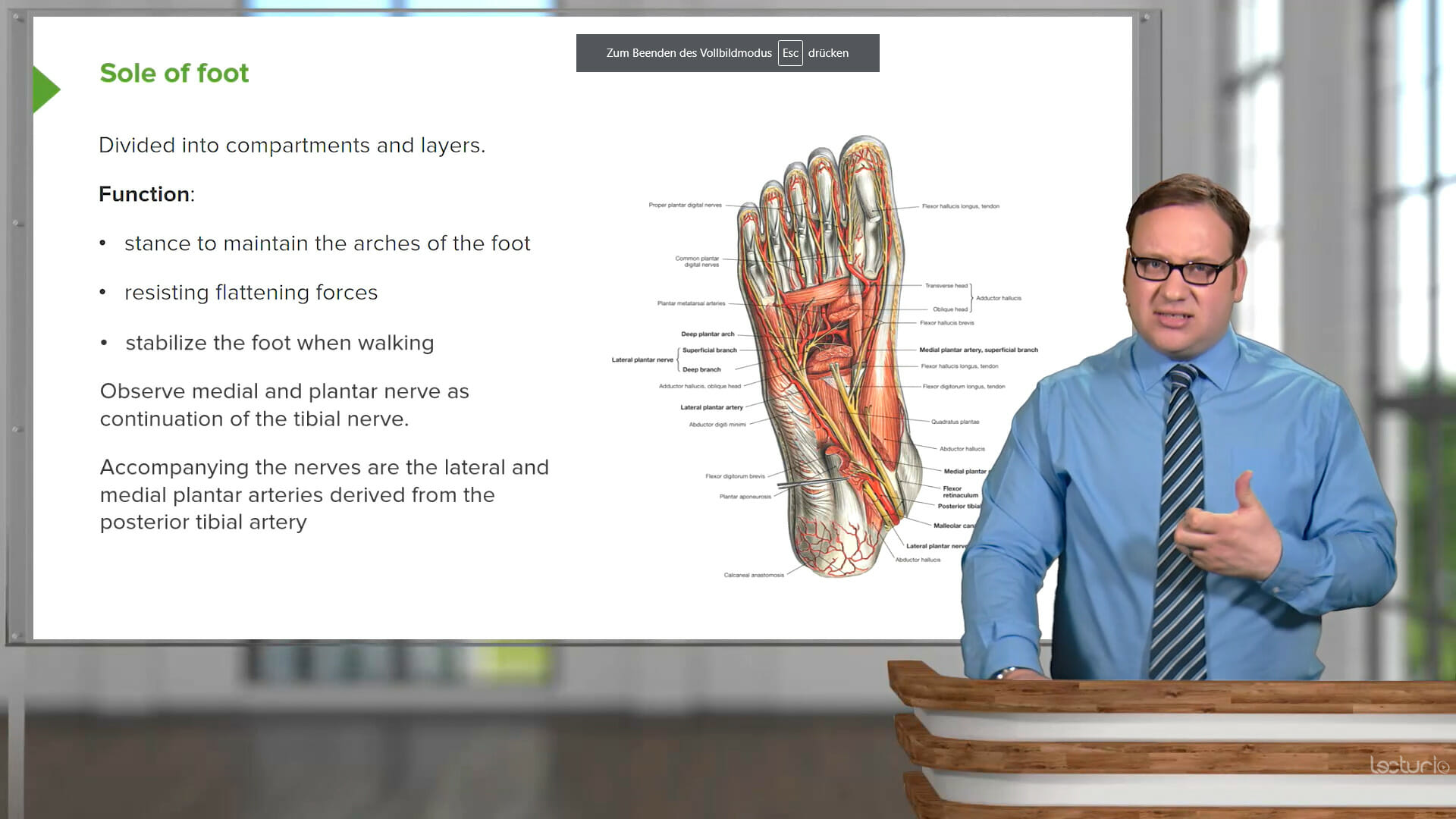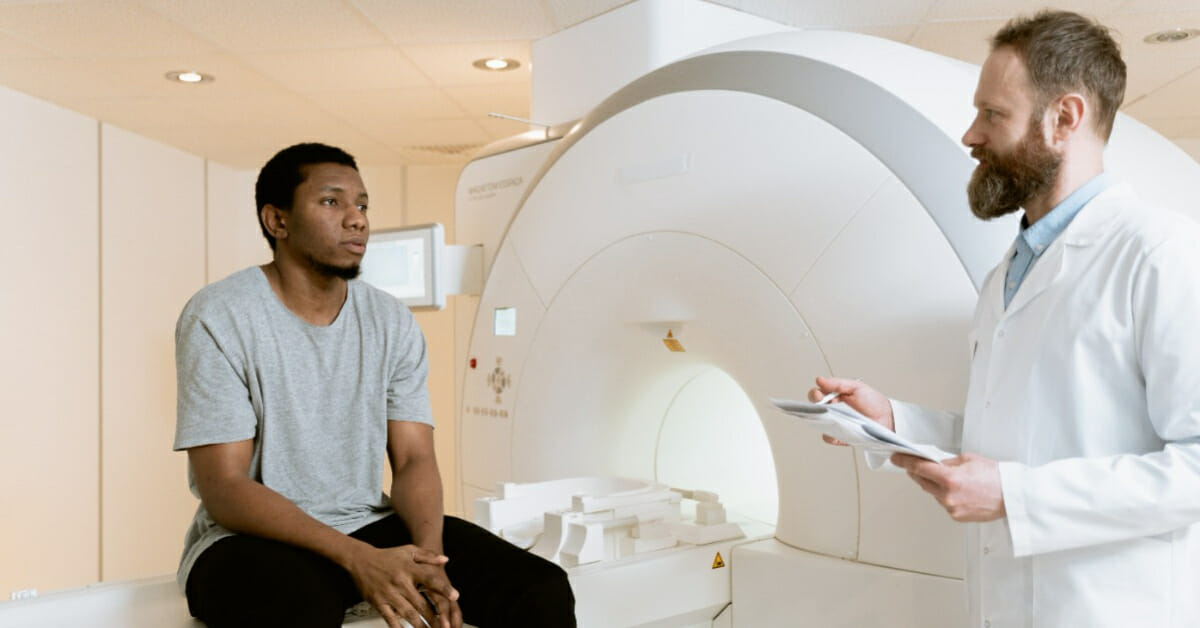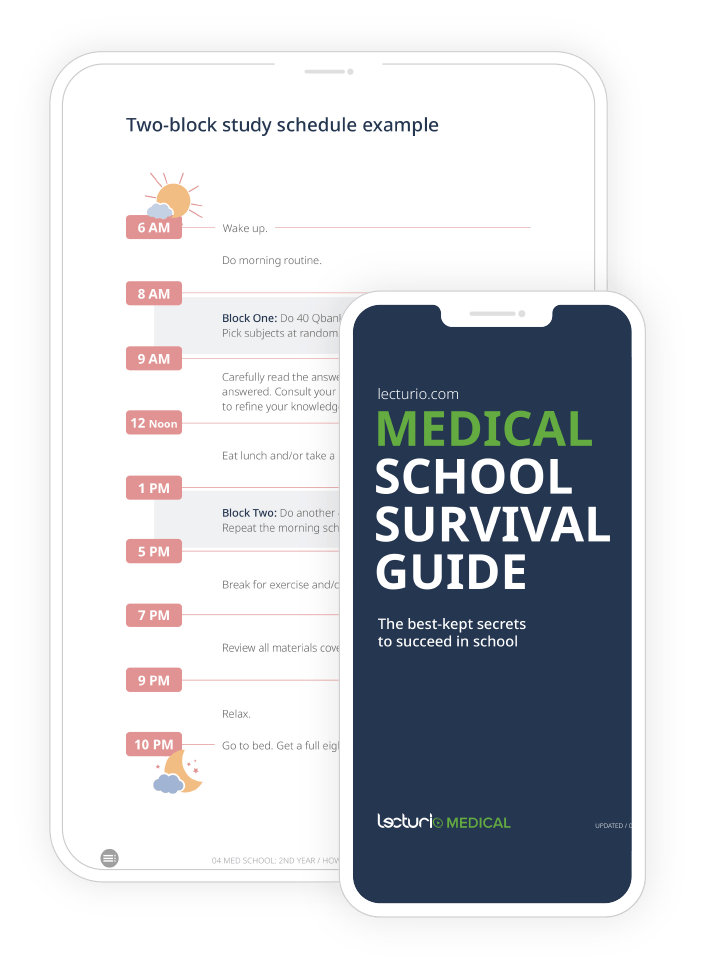As you start working directly with patients, you will be learning the do’s and don’t’s of how to present patients to your superiors. There are a few ways to present patients like a professional: be prepared to see your patients, always start a new rotation with confidence, and learn how to effectively present a patient with the SOAP format.
Be Prepared to See Patients
Once you have been assigned a patient, make sure to inform your team when you are en route to the patient. Figure out where a patient is located and review their records to gain insights. After you have collected the basic information and concerns about your patient, come up with a list of possible explanations for the problem. Draw from what you have been taught so far to narrow this list and hopefully speculate correctly.
Based on a patient’s responses to specific questions and other information, figure out specific physical exam techniques and diagnostic tests to narrow down what the issue could be. Be prepared to answer any questions about your patient’s condition. If you get something wrong with your evaluation, don’t let it discourage you – you’re here to learn. Take the feedback and corrections of senior team members to heart and use this as a learning opportunity.
Start New Rotations With Confidence
Make sure you are a team player during rounds. Arrive 10 to 15 minutes before your rotation begins to introduce yourself to the team. Make sure you are friendly, show you are excited, and stay engaged. Do your best to get the contact info of your teammates so you can stay in touch with them. Remember, you’re there to learn, and your team members (especially the more senior members) are also there to help you.
Pro tip: Check to see if the hospital allows sign-in from off site. If they do, look at the patients who came in overnight to see how many more patients there may be and what to expect.
You will need to get familiar with your team’s and standard hospital routines. You should sign in and pay attention to what the team that is finishing their shift has to say about old and new patients. Write down what they have to say to make sure will remember it.
When you’re with patients, stay focused. With existing patients, you will want to visit them, do a quick history and physical, and assess their status and progress. You should check to make sure you are allowed to check on patients alone, or if you should be accompanied by another team member. With a new patient, read the admission note then become familiar with the patient’s problem, status, and treatment regimen. While you’re bedside with a patient, don’t fool around and be sure to pay attention. You also should not interrupt team members during their presentations.
Once you finish your rounds, go back to the workroom and complete your assigned tasks. You will want to make sure your notes are complete and comprehensive. Find out how else you can be helpful when you’re done with your tasks. The more help and assistance you give to your superiors, the more learning opportunities you will be given in return.
When your shift is over, talk to residents and interns about the work that needs to be done to prepare the sign-out for the arriving team. The more reliable you become with sign-outs, the more likely your residents will let you present to the night team residents. After you leave work, you’ll want to spend some time reading about your patients’ conditions and diseases. Go to sleep at a reasonable time, though, so you can wake up and be ready to take on another day with your team.
Related videos
Effectively Presenting a Patient
When you are presenting a patient to your team, use the SOAP format. This is an internationally-accepted format in which “S” stands for subjective, “O” stands for objective, “A” stands for assessment, and “P” stands for plan.
- Subjective: The subjective section is to report the patient-supplied information. Explain why the patient is at the hospital using their own words. You will also want to include the history of the present illness and past medical history. This previous medical history includes medications and allergies. You will want to mention any family and social history as well as a review of the patient’s symptoms.
- Objective: The objective section should report clinical data such as vitals, lab values, imaging results, and procedure results.
- Assessment: The assessment section is where you will state your assessment about the patient’s problem based on subjective and objective inputs you have. Convey your assessment in complete short, complete, and accurate statements.
- Plan: The plan section is for recommending how the patient’s problems should be addressed. You should consult medical literature or take advantage of Lecturio’s resources to better understand the patient’s concern and treatment options.
Get extremely familiar with the SOAP format so you can focus more on your patient and less on the logistics of communicating their concerns. Make sure you are prepared with all the information before every presentation. You’ll also want to pay attention to verbal and non-verbal cues of your audience to get the most important information across. Remember, you are graded on each presentation you make, so take this seriously.
Lay the Groundwork for Acing Your Exams
You are still a student, even though you will be in a clinical setting. Make sure you keep your grades up for residency placements and prepare properly for your required exams. Use a variety of resources as you’re learning about your patients’ conditions. These resources should include at least one question bank, and a single reference textbook. It is especially important you have resources selected, acquired, and ready before you need them.
Above all, be prepared to excel not just in your role as a student but also as a member of a hospital team. These experiences and connections can be the most helpful in setting you up for a successful career.






